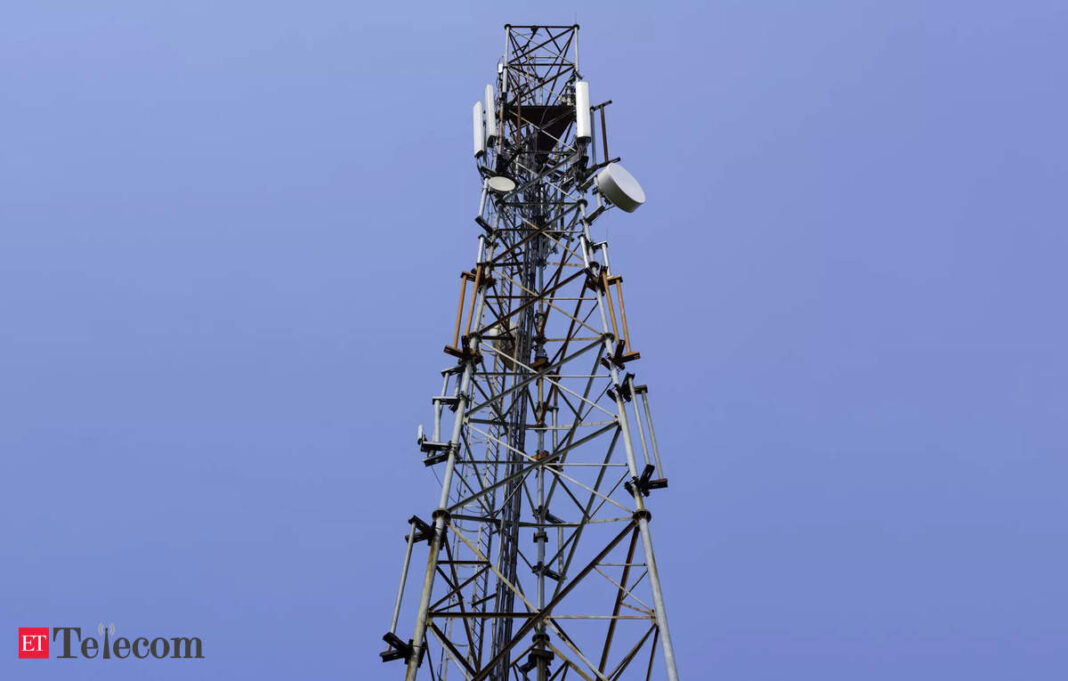In Short:
The Telecommunications Act 2023 came into force on June 26, replacing old laws to keep pace with technology. The process to frame the Act started in July 2022, with input from various stakeholders. The new Act aims to simplify regulations and improve spectrum allocation. It includes provisions for national security and public safety. The Act abolishes the license regime and introduces an authorization mechanism.
The Telecommunications Act 2023 comes into force
The Telecommunications Act 2023, replacing earlier laws governing the sector, has officially been enacted on June 26. The purpose of this new Act is to keep up with the latest technologies in the telecom industry, following similar updates in countries like the US, UK, and Singapore.
Process To Frame The Act: The Department of Telecommunications
The Department of Telecommunications (DoT) began the process in July 2022, releasing a draft Bill for consultation in September of the same year. The Bill received feedback from 60 ministries, 35 associations, 89 companies (including telcos and internet service providers), and over 700 other entities. The Bill was introduced in the Lok Sabha on December 18, 2023, passed by both houses of Parliament, and received the President’s assent on December 24, 2023, officially becoming the Telecommunications Act, 2023.
Why was a new law required?
The evolving nature of telecommunications, usage patterns, and technologies necessitated the update. The old definitions were outdated, lacking provisions for spectrum allocation modes and weak right of way regulations. Complex regulations posed challenges for businesses, and penalties for violations were ineffective.
What’s next?
The new Act comprises 11 chapters and 62 sections, replacing the Indian Telegraph Act 1885 and the Indian Wireless Act 1933. Statutory rules need to be framed within six months of notification for certain sections. Rules are necessary for 23 sections and 35 sub-sections as per Section 56, while not required for 39 sections.
Highlights of the Act
- Streamlined regulatory framework, abolishing the license regime in favor of an authorization mechanism
- Enhanced right of way provisions, including common duct and RoW access on public and private properties
- Defined framework for spectrum assignment, emphasizing efficient utilization through auction or administrative means
- Established adjudication mechanism for dispute resolution, aiming to reduce sector litigation
- Provisions for national security and public safety, including temporary network possession during emergencies and interception framework





